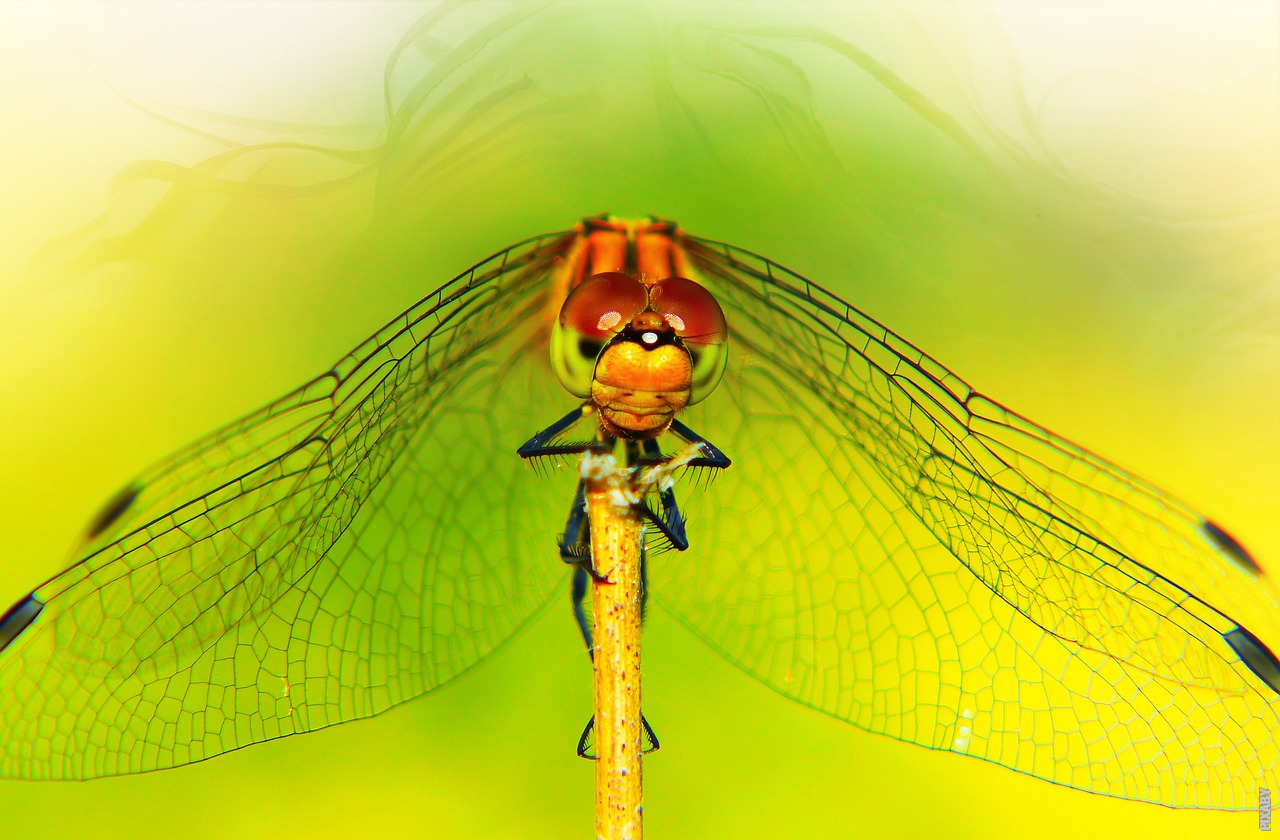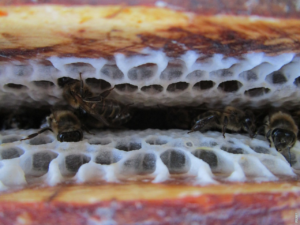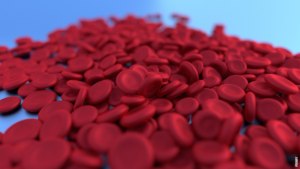The Lifeline of the Body
Blood is a remarkable substance that flows through our veins, carrying life-sustaining elements to every corner of our bodies. It is a complex mixture of cells, proteins, and nutrients that plays a vital role in our overall health and well-being.
A Symphony of Components
At its core, blood consists of different components working together in perfect harmony. Red blood cells, shaped like tiny discs, transport oxygen from the lungs to every cell in the body. White blood cells act as the body’s defense system, fighting off infections and diseases. Platelets, on the other hand, help in the clotting process, preventing excessive bleeding.
Fluid of Life
Blood is a fluid like no other. It carries not only oxygen but also nutrients, hormones, and waste products throughout the body. This intricate network ensures that every part of our body receives the necessary resources to function optimally.
A Colorful Journey
Have you ever wondered why blood appears red? The answer lies in its main component: red blood cells. These cells contain a protein called hemoglobin, which binds with oxygen and gives blood its characteristic crimson hue. However, blood can take on different colors depending on the circumstances. Oxygen-rich blood appears bright red, while oxygen-poor blood appears darker.
Unveiling the Secrets
Over the centuries, scientists have unraveled many mysteries surrounding blood. They have discovered blood types, such as A, B, AB, and O, which determine compatibility for transfusions. They have also identified Rh factors, which play a crucial role in pregnancy. Additionally, blood tests have become invaluable tools for diagnosing diseases and monitoring overall health.
Post
Post
Symbolism and Culture
Blood holds a significant place in human culture and symbolism. It is often associated with life, vitality, and even spirituality. From ancient rituals to modern literature, blood has been depicted in various contexts, representing both the essence of life and the depths of human emotions.
Donating the Gift of Life
Blood donation is an act of kindness that can save lives. By donating blood, individuals contribute to a precious resource that is vital for medical procedures, emergency situations, and treating chronic conditions. Every drop of donated blood has the potential to make a difference in someone’s life.
In Conclusion
Blood, the lifeline of the body, is a complex and fascinating substance that sustains our existence. Its components work together to ensure the proper functioning of our organs, the healing of wounds, and the protection against harmful invaders. Understanding the intricacies of blood allows us to appreciate its importance and marvel at the wonders of the human body.



